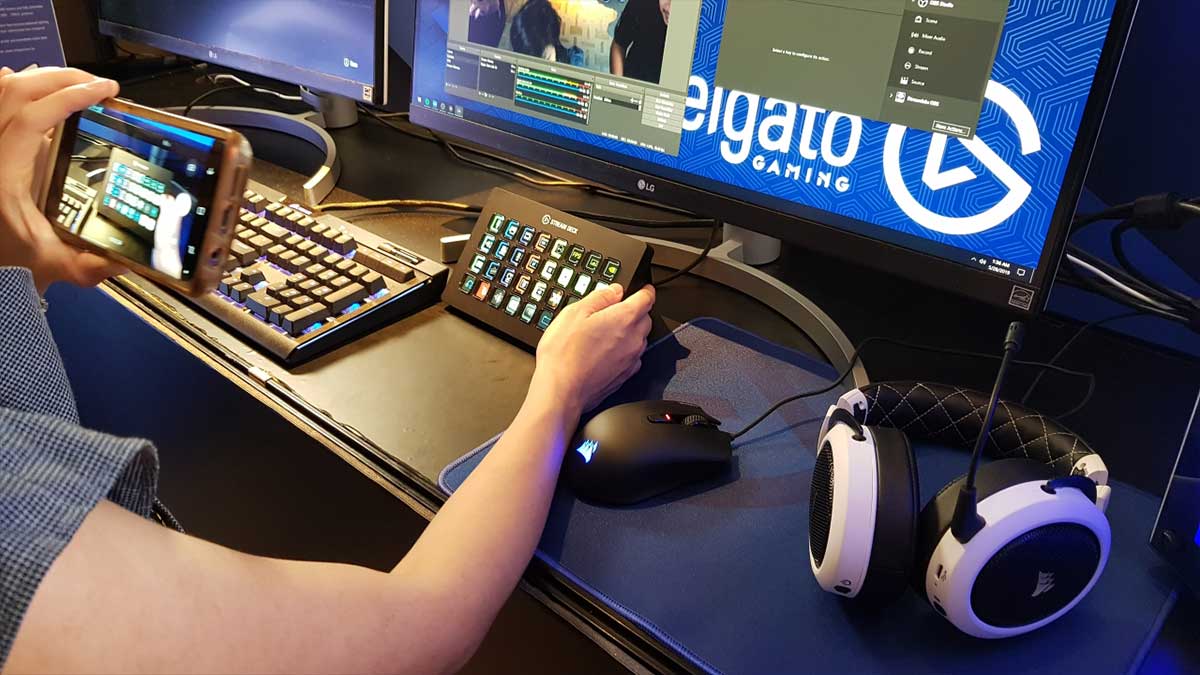How To Choose The Best Stream Deck For Live Performances

Pexels
Having clarified what, the uses for a Stream Deck can be, we now need to understand how to choose the best one for your needs. It is useless, as we always say, to equip yourself with an expensive professional device if you then stream once a month without growth ambitions or you would not actually need to exploit such a powerful peripheral.
So, let’s see some of the specifications that are worth taking into account:
Type and number of buttons
The different Stream Decks on the market look very similar to each other: they all connect to your PC via USB cable and all look like a small keyboard. However, as we have often seen, the models differ in the number of buttons and their type.
There are solutions that have physical buttons and others that are touchscreens where the buttons are only virtual, like the app icons on your smartphone. In the first case, the finishes are obviously better and after a few days of use you will be able to press the right button, while streaming, even without looking at your Stream Deck. This, however, makes the number of buttons rigid: if you buy a Deck with 15 buttons, it will always be 15.
With a touchscreen solution, on the other hand, you don’t have the tactile response (nor the finishes) that you find with a physical keyboard, but it is also true that by resizing or enlarging the icons of the keys at will you can have the number of virtual buttons that you they serve your needs, without trying too hard with folders or sub-screens to set.
Software Compatibility
Before buying a Stream Deck of any kind, always check which software it is compatible with – and also with which operating system. Buying a solution thinking about its different uses only to find out later that maybe you can’t use it as you thought – considering that macros can also be set for generic Windows applications – would be a bad cold shower.
Most of the Stream Decks on the market, from the best known to the most combative solutions, are however compatible with the most used streaming software, such as Streamlabs and OBS. Before putting them in your virtual shopping cart, however, it is always worth checking that they have all the credentials for what you need to do: if, For example, as a video editor, you may find these websites useful for shortcuts that could enhance your workflow on Adobe Premiere Pro or related programs when editing videos .
What should I do in my live shows?
The question, however, is always the same: before deciding which Stream Deck is right for you, you have to answer: what should I do in my lives?
If you have a format where you stream video games in a single scene – you in a corner and the game full screen – with a single audio source beyond the game, it is unlikely you will really exploit the directing potential of a Stream Deck, unless you indulge yourself with fun sound effects and animations to superimpose at will. At that point, you would mainly use it to open or close the microphone, or to start and stop the live.
If, on the other hand, you are a little more articulate, even if only because you have a start scene, a stream scene and a live end scene, the Stream Deck will begin to make you very comfortable to easily switch from one to the other without going crazy chasing the click in your streaming software.
Ambitions also matter a lot. If you are just experimenting with your first live broadcasts, don’t spend a huge amount to equip yourself, not even on a Stream Deck: first check how you find yourself doing your live broadcasts and your continuity. If you still want to indulge yourself but you are taking your first steps, remember that there are also smartphone applications that allow you to simulate a Stream Deck on the touchscreen: find, for example, a special application (which can be improved) for the well-known Streamlabs software.
Always take into account where you are and the certainties you have about what you want to get to: when you have the answer to these questions, you will be sure of what you need – whether the app on your smartphone is enough for you, or if it makes sense aim a 32-button Stream Deck to manage all the possibilities and make your live performances much more agile and more attractive for the public.







